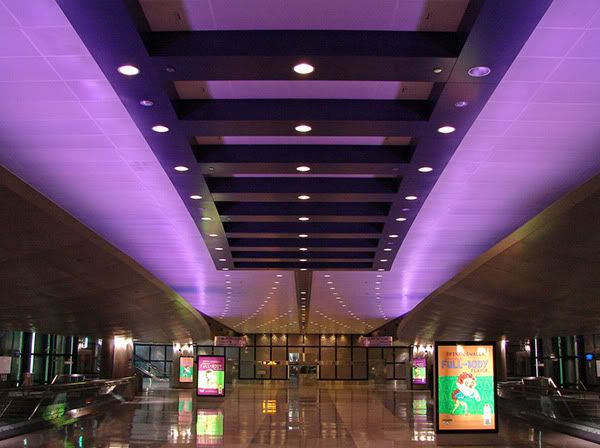HenryAlan
Senior Member
- Joined
- Dec 15, 2009
- Messages
- 4,186
- Reaction score
- 4,458
My problem with the SL - whether bus or rail - is that it's a stub line so long as it only connects to South Station - since if your destination is the seaport, you must as well walk to many locations once you're at SS. (And no, the integration with SL Dudley was never a viable or useful option in my opinion, especially aslong as the whole thing was to stay BRT.) The current "line" we have won't be truly valuable until it connects in with the Green Line or somehow continues up along the Greenway making connections with other lines (e.g. at Aquarium, Haymarket or N Station).
+1
The silver line seaport service is fine, so far as it goes, but it just doesn't go very far. I use it now and then, but I'd be more likely to use it if it served more destinations, and more fully integrated with the rest of the system. I know that phase 3 as proposed was a boondogle and won't happen, but if it had happened, it certainly would have made for a much better transit line.





